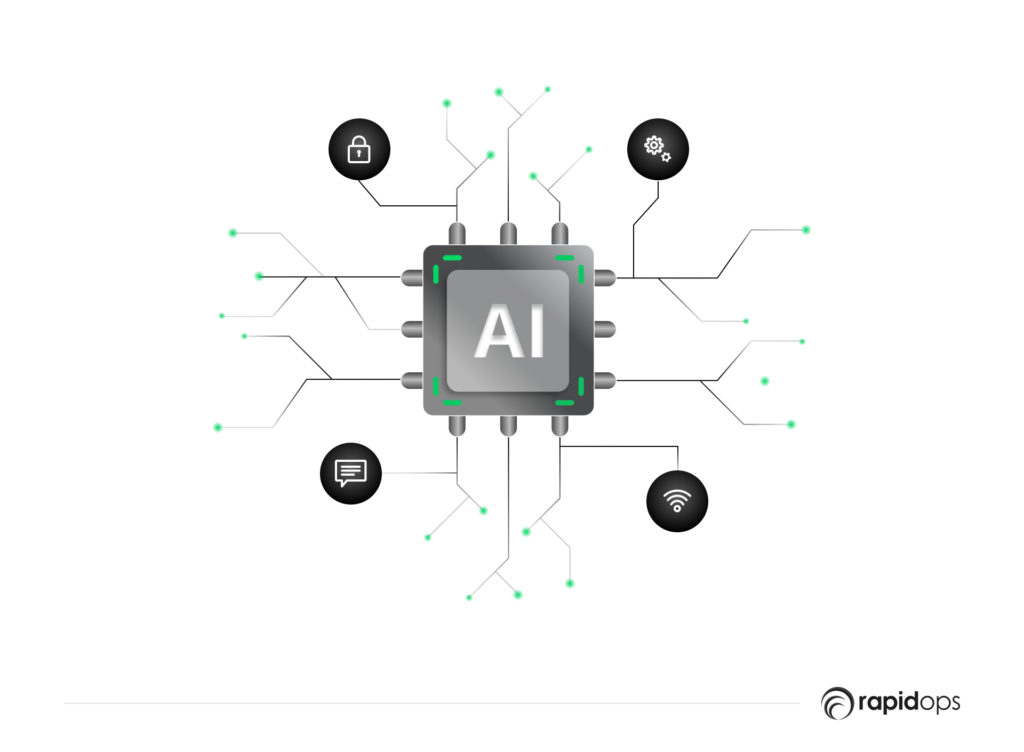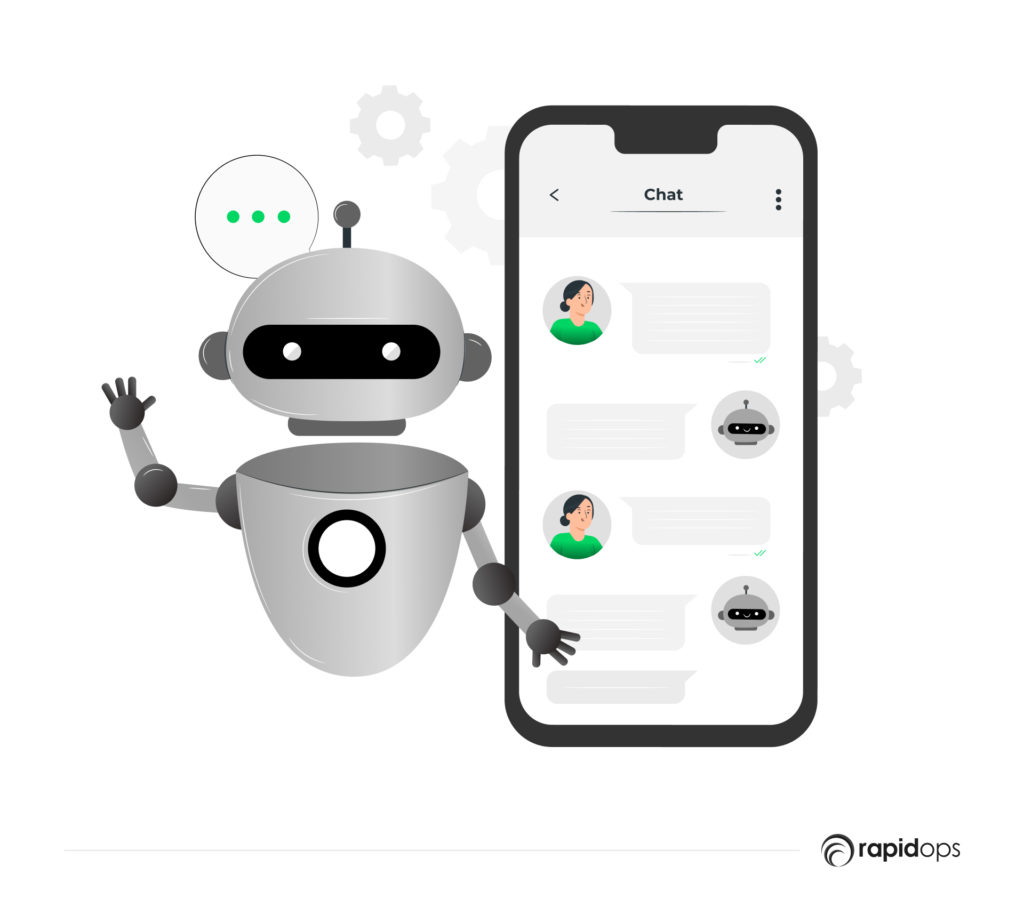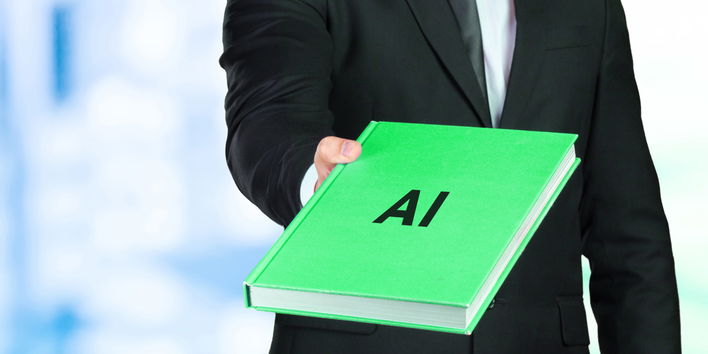While AI, ML, and other technologies are constantly being discussed and utilized at par, understanding that realm's terminologies are essential. This AI Glossary can be used as a handbook by all AI enthusiasts and aspiring data scientists.

Here is a crucial set of terminologies that can help you understand the next article that you come across or the next tweet that Elon Musk posts!
Activation Function
An artificial neural network function that produces an output value to turn on the following layer by taking the weighted sum of all the inputs from the preceding layer.
Annotation
A metadatum that is annotated to a piece of data and is usually provided by a human.
Artificial Neural Network
An architecture that is vaguely similar to the neurons in an animal brain is made up of multiple layers of simply connected units termed artificial neurons interspersed with non-linear activation functBoosting
A set of machine learning algorithms that transform weak learners into strong ones, as well as a machine learning ensemble meta-algorithm for decreasing bias and variance in supervised learning.
Chatbot
A computer program created for the purpose of conversing with users.

Clustering
The unsupervised task of sorting a set of items into clusters that are more "similar" to one another than they are to those in other groupings is known as machine learning.
Confidence Interval
An interval estimate that is most likely to include the actual value of a population parameter that is unknown. The interval has a confidence level attached to it that expresses how confident we are that this parameter is within the interval.
Convolutional Neural Network (CNN)
A subset of deep, forward-feeding artificial neural networks that are frequently used in computer vision.
Decision Tree
A class of supervised machine learning methods in which the data is iteratively divided according to a specific parameter or set of criteria.
Want to keep up with the latest
AI advancements? Check out our up-to-date AI Tracker.
Explore NowEnsemble Methods
Ensemble methods in statistics and machine learning combine several learning algorithms to produce higher predicted performance than any one of the individual learning algorithms could.
Entropy
The typical amount of data that a stochastic data source can transmit.
Epoch
One run through the entire training data set is necessary while developing Deep Learning models, and that is known as Epoch.
Feature Learning
A collection of methods designed to extract from raw data the representations required for feature detection or classification.
F-Score
A way to calculate the score that accounts for both precision and recall when evaluating a model's correctness. The F-Score, in more precise terms, is the harmonic average of precision and recall, reaching a maximum value of 1 (perfect precision and recall) and a minimum value of 0.
Generative Adversarial Networks (GANs)
A group of AI methods is used in unsupervised machine learning that is implemented as the merger of two neural networks that compete with one another in a framework similar to a zero-sum game.
Ground Truth
A fact discovered by direct observation rather than inference.
Human-in-the-Loop
A subfield of artificial intelligence known as "human-in-the-loop" (HITL) uses both human and artificial intelligence to develop machine learning models. People participate in a virtuous circle where they train, tune, and test a specific algorithm in a classic human-in-the-loop way.
ImageNet
An extensive visual database consisting of 14 million URLs for manually annotated photographs arranged into 20,000 distinct categories and intended for use in visual object recognition research.
Layer (Hidden layer)
A group of neurons in an artificial neural network that analyzes a collection of features as input or, more generally, the results of those neurons. A layer of neurons known as the "hidden layer" is not readily visible as a network output because its outputs are coupled to the inputs of other neurons.
Learning Rate
A scalar value multiplied by the gradient at each iteration of the training phase of an artificial neural network using the gradient descent algorithm.
Machine Translation
A branch of computational linguistics that investigates the use of software to translate speech or text across different languages.
Monte Carlo
A rough process that creates synthetic, simulated data by repeatedly sampling at random.
Naive Bayes
A group of straightforward probabilistic classifiers built on the application of the Bayes' theorem and strong feature independence hypotheses.
Overfitting
The creation of a model that conforms too closely to a specific set of data and hence fails to generalize well to unobserved observations; the fact that a model unintentionally discovered patterns in the noise and believed those reflected the underlying structure.
Principal Component Analysis
The process of transforming a set of observations of potentially correlated variables into a set of linearly uncorrelated variables is known as an orthogonal transformation.
Random Forest
The process of transforming a set of observations of potentially correlated variables into a set of linearly uncorrelated variables is known as an orthogonal transformation.
Semi-Supervised Learning
A group of supervised learning algorithms that makes use of unlabeled data that is readily available for training, often by combining a smaller number of labeled rows with a greater number of unlabeled occurrences.
Transfer Learning
A branch of machine learning that focuses on applying the knowledge acquired to tackle one problem to another that is unrelated but nevertheless pressing.
Vanishing Gradients
Data scientists encounter a dreaded challenge and significant barrier to recurrent network performance when training artificial neural networks using gradient-based learning techniques, and backpropagation as the neural network's weights are updated proportionally to the partial derivative of the error function with respect to the current weight in each training iteration.
Variance
A calculation of the expected squared deviation of a random variable from its mean that represents a mistake caused by sensitivity to minor variations in the training set.
Closing Lines
This AI glossary is never-ending, nor do we claim that this is all you need to know. But these are essential terms that the tech fraternity uses.
If you are someone who knew nothing about AI terminologies before reading this article or someone that we helped to brush up the memory of, the motive is served.
The day is not too far when we all will be a part of the Web 3.0 world. Because of the transformation that industries are going through right now; it's wiser and safer to understand the new tech stack that will deal with all kinds of data.

Niyati Madhvani
A flamboyant, hazel-eyed lady, Niyati loves learning new dynamics around marketing and sales. She specializes in building relationships with people through her conversational and writing skills. When she is not thinking about the next content campaign, you'll find her traveling and dwelling in books of any genre!
What’s Inside
- Activation Function
- Annotation
- Artificial Neural Network
- Chatbot
- Clustering
- Confidence Interval
- Convolutional Neural Network (CNN)
- Decision Tree
- Ensemble Methods
- Entropy
- Epoch
- Feature Learning
- F-Score
- Generative Adversarial Networks (GANs)
- Ground Truth
- Human-in-the-Loop
- ImageNet
- Layer (Hidden layer)
- Learning Rate
- Machine Translation
- Monte Carlo
- Naive Bayes
- Overfitting
- Principal Component Analysis
- Random Forest
- Semi-Supervised Learning
- Transfer Learning
- Vanishing Gradients
- Variance
- Closing Lines

Let’s build the next big thing!
Share your ideas and vision with us to explore your digital opportunities
Similar Stories
- AI
- 4 Mins
- September 2022

- AI
- 9 Mins
- January 2023


Receive articles like this in your mailbox
Sign up to get weekly insights & inspiration in your inbox.

